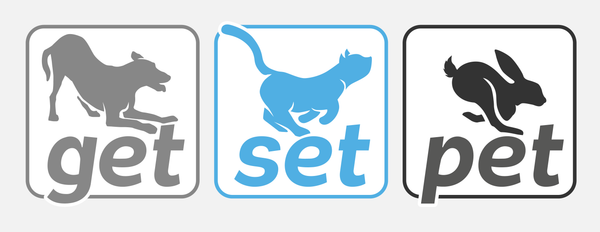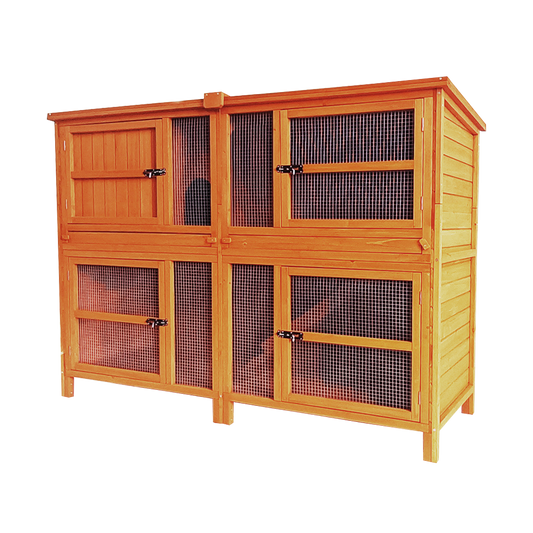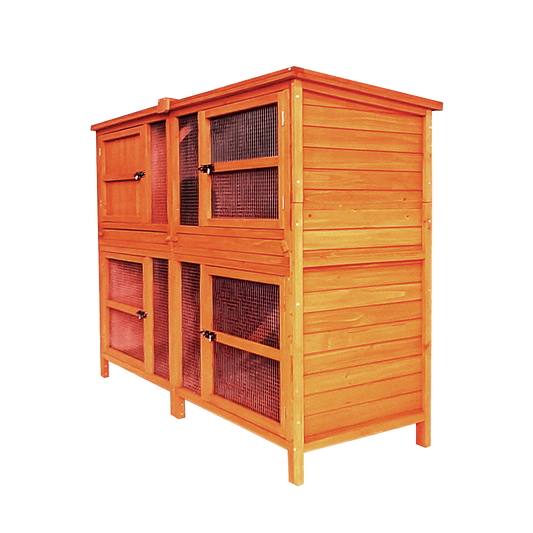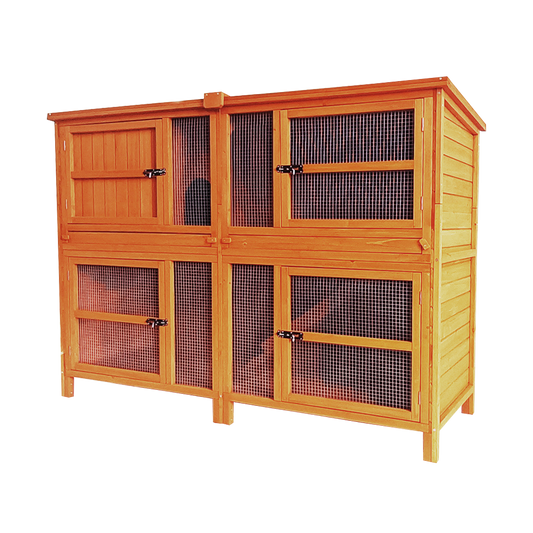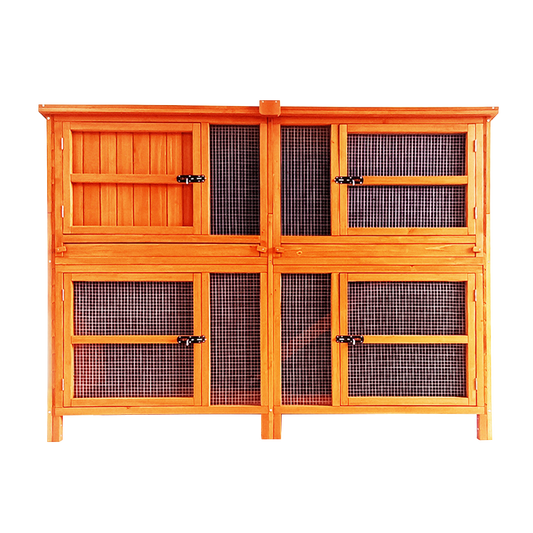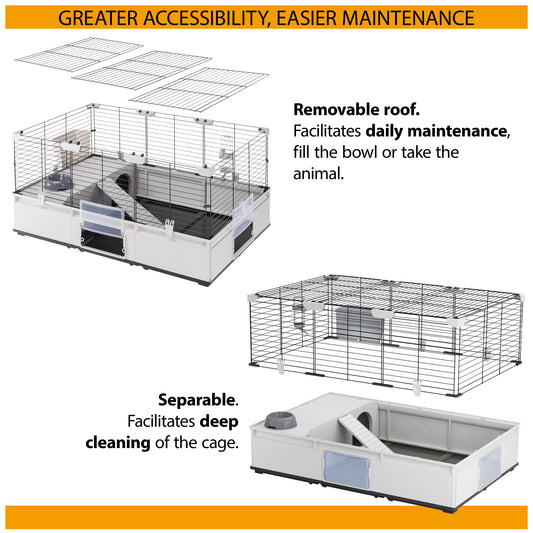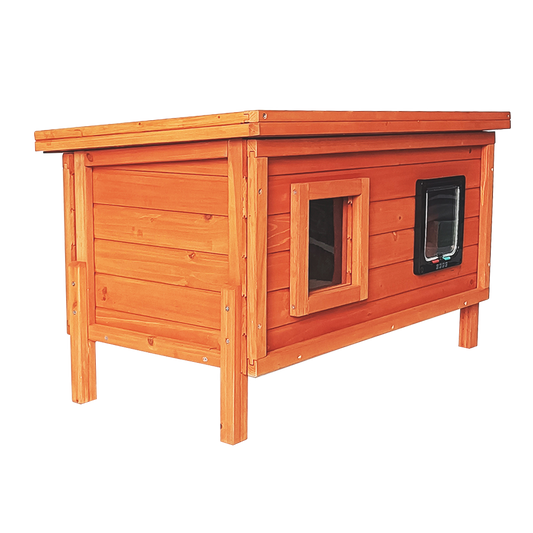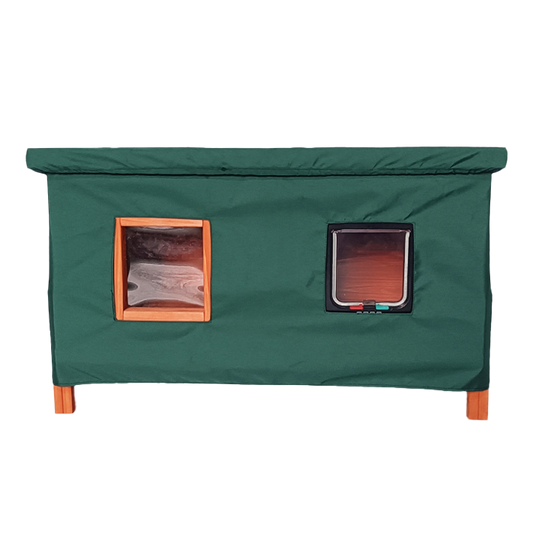Let’s face it, when we hear the word “puppy” we imagine a cute, tiny, bundle of innocence but the truth is that little ball of fur has a mouth full of razor-sharp teeth! But fear not, there are ways to help your puppy through their teething phase so what follows is a list of tips to ensure that you don’t come out of it covered in cuts and bruises.
Firstly, why do puppies teeth? Just like a human baby, puppies lose their baby teeth to make room for the adult teeth to appear. This usually happens from around three to six months of age and can continue until all the adult teeth are in place, typically up to a year old. During this time their gums will be sore, and they’ll want to chew on something to help ease the discomfort, just like offering a baby some teething rings. Puppies also use their teeth to explore the big wide world around them and will often try nibbling anything that looks even remotely edible to them. They tend to use their teeth when they’re playing too, and if you ever watch a mother with her litter of puppies, she will always tell one of them off if they bite her too hard in play. This is the beginning of bite inhibition training and you will find that puppies without their mother will nip a lot more in play until we teach them otherwise. Chewing is another big problem that many dog owners face, but it is usually down to boredom when the owner leaves the house and not being sufficiently mentally or physically stimulated.
There are hundreds of different types of teething toys available which means that your puppy can massage his gums on something other than your arm or chair leg. Nylabone has a huge range suitable for puppies, moderate chewers and strong chewers. Their products are designed to withstand a lot of chewing and have a special texture which makes them pleasant to gnaw on without damaging a puppy’s teeth. Some dog toys, such as the rope variety, can be dipped in water or even gravy and then frozen so that your pup has something nice and cool to soothe his aching gums and which tastes great at the same time!
Whenever your puppy starts to chew on your arm/chair leg/slippers simply offer an alternative option like an appealing teething dog toy as this will divert his attention and mean that he can still satisfy his urge to chew but in a safe manner. Diverting your puppy’s attention to something safer to chew will not only help you short term but it is also one step towards teaching him bite inhibition, which is sometimes referred to as soft mouth. It is very important that puppies are taught this from day one as it means that when they are adults they will know that biting down on a human arm is not acceptable behaviour. It may sound silly, and you may think “of course an adult dog should know this”, but a dog only knows as much as they are taught, or in some cases hasn’t been taught, so always keep this in mind.
Puppies will often mouth or nip when excited but this isn’t done out of malice, it’s normal, excitable puppy behaviour, but it needs to be addressed from day one. Picture this, you return home after a couple of hours away, your puppy is very happy to see you and is jumping all over the place trying to get to your face to smother you in kisses. You squeal and act all excitable with them, waving your arms around, and they nip your sleeve. You shake your arm to make them let go and they think “I love this game of tug!”. Before you know it, grabbing your arm, sleeve, leg or feet is treated as a fun game. So, what should you do? If your puppy is getting too boisterous, try your best to avoid the urge to join in. Instead, stay calm, don’t speak and just walk past them. Wait for them to calm down and then, once they’re no longer jumping for joy (literally) calmly call them over to you, ask for a sit and then fuss them. The reason we suggest asking for a sit before fussing them is because you’re making it clear what behaviour is acceptable and this, therefore, results in attention and a great appreciation of what behaviour is and isn’t acceptable.
Puppies will practice whatever works, so eventually they will realise that jumping and mouthing gets no attention but sitting still with all four paws on the ground and mouth closed gets as many cuddles as they like. Remember, shouting won’t work either as it’s still giving your puppy the attention they crave. For a puppy any attention, whether good or bad, is still attention! They may just think that you’re joining in on the excitement and start barking (shouting) with you. Staying calm and being consistent are the two key factors in training appropriate, calm behaviour in puppies which will prevent further jumping up and mouthing/nipping.
Playing with your puppy can escalate if he gets too excitable and he may start jumping and nipping again, so the best thing to do in this case is to avoid any kind of activity that requires him to jump around a lot. Most games are fine in moderation as long as you monitor your puppy’s behaviour and stop when they get too much. Dog puzzles are fantastic as they mentally stimulate your puppy and they have to remain calm and focused in order to complete the tasks and get the treats. This teaches them to use their brain and also encourages calm play. Mental stimulation is just as important as physical activity as this prevents boredom chewing and other destructive behaviour, so playing dog puzzles or having a 15-minute training session with your puppy is just as exhausting to him as an hour-long walk.
Sniffing is another way to tire out your puppy without getting them too excitable and can mentally exhaust them more quickly than some more physical games. Hiding treats around the house or garden and telling your puppy to “find it” is great fun for adults, kids and of course dogs! Begin by showing your puppy where the dog treats are being placed, say a specific command like “find it” and then let them go search for them. Do this a few times until they get the hang of it and then put them in another room, hide the dog treats and then release them saying the same cue. They will now know what to do and will have to use their nose to sniff out the tasty dog treats.
Playing games like this are also fabulous boredom-busters and will prevent boredom chewing when you’re out the house as your dog will be tired enough to snooze instead of chew. Offering interactive dog toys whilst you’re away can also be a great way to keep your pup occupied. Stuffing a Kong with some soft cheese work well or even just a ration of your puppy’s dinner. Wet dog food, raw mince and water-soaked kibble are all good options. Other dog toys such as balls with holes in for the dog treats/kibble to fall out when moved around and snuffle mats – handmade fleece mats which you can scatter kibble on for your dog to sniff out, are all great interactive dog toys which you can give to your puppy to spark their curiosity.
These are just a few tips to help you and your puppy start off on the right foot and should prevent any future biting, nipping and mouthing problems down the line, whether related to boredom, teething or play. In summary, the top four things you can do to manage teething, mouthing and chewing are 1) provide teething toys 2) provide interactive dog toys 3) remain calm in tone and consistent in message 4) encourage the playing of mentally-stimulating doggy games to alleviate boredom chewing and promote calm play.
If you enjoyed this article, have a look at:
